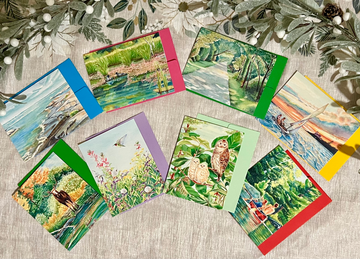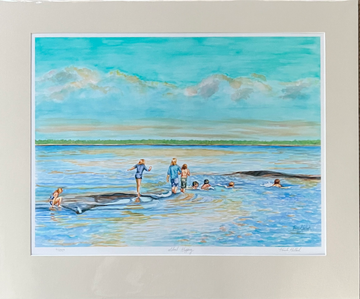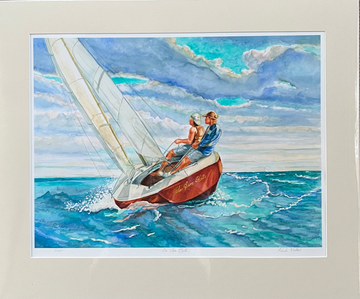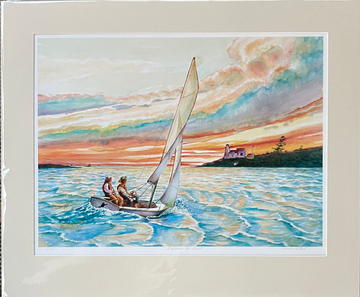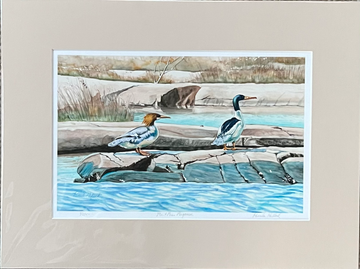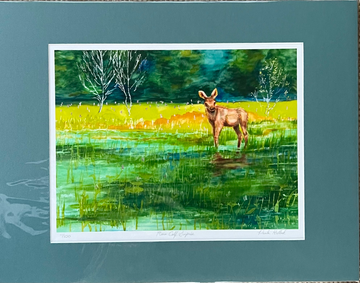How to Create Beautiful Watercolor Transitions | Polar Bear & Cubs Tutorial
by Pamela Hallock on Oct 17, 2025

✨ Learn how to create smooth, glowing watercolor transitions as I paint a mother polar bear and her two cubs! In this step-by-step tutorial, you’ll discover how to stretch your paper, plan your washes, and blend brilliant pigments for crystal-clear color. 🐾🎨 Follow along step by step as I paint a serene scene of a mother polar bear with her two cubs, while demonstrating how to achieve smooth and luminous watercolor transitions.
In this tutorial, I’ll share tips for: Planning your painting and transferring your design using graphite tracing paper (not commercial carbon paper, which is too dark)
. Properly stretching 100% cotton, cold-pressed watercolor paper for a taut, buckle-free surface that handles large washes beautifully.
Pre-wetting the paper and layering washes from light to dark for clean, crystal-clear color. Blending pigments directly on wet paper to create natural, seamless transitions.
- Keeping your palette fresh by rinsing brushes and changing water often (no muddy colors here!). We’ll use brilliant Winsor & Newton pigments—both transparent and opaque—to bring glowing life into the arctic scene. These same color transitions will later enhance the reflected light and shadows on the polar bear family. 🎨
- Supplies: Winsor Newton Watercolors
- High-Intensity Transparencies: New Gamboge, Winsor Red, Alizarin Crimson, Winsor Blue, Winsor Green, French Ultramarine;
- Low-Intensity Transparencies: Brown Madder, Indigo, Payne’s Gray, Sap Green;
- Low-Intensity Opaques: Yellow Ochre, Raw Sienna, Raw Umber, Burnt Sienna, Burnt Umber;
- High-Intensity Opaques: Cadmium Yellow, Cadmium Orange, Cadmium Red, Vermillion, Cerulean Blue, Cobalt Blue)
- Artist: Pamela Hallock 🌐 Website: https://georgianbaywatercolors.com 🖌️

